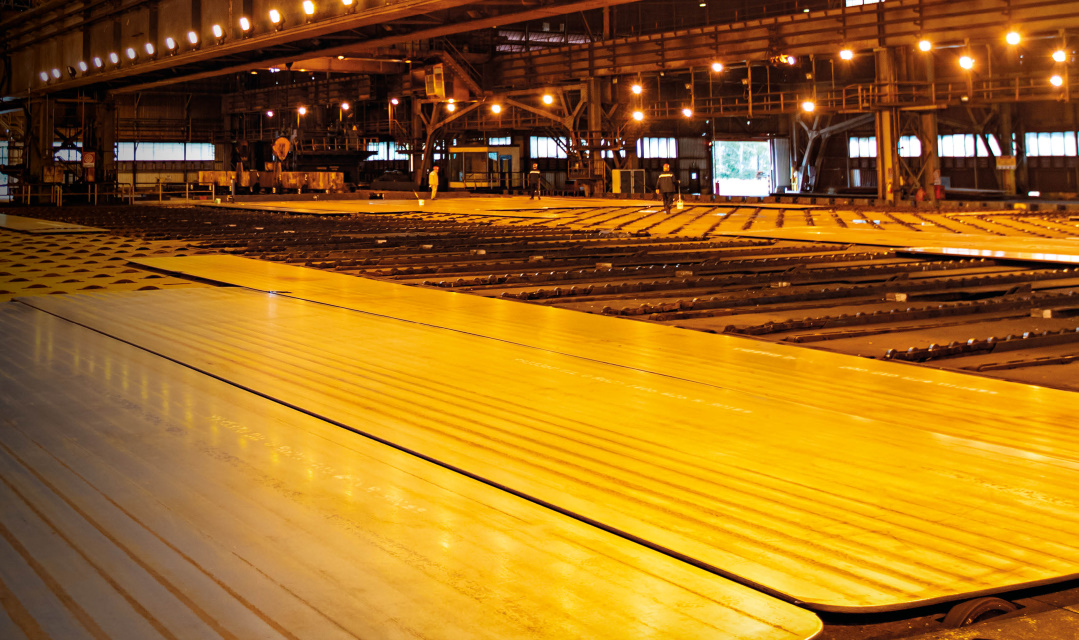What (not) happens to the former Ilva and the former Lucchini

The future of the former Ilva and the former Lucchini di Piombino is still unknown. The speech by Guglielmo Gambardella, Uilm national coordinator for the steel sector
The future of the former Ilva and the former Lucchini di Piombino continues to be a great unknown in the Italian steel industry. For this reason, the workers of the two groups will strike and demonstrate on November 10 in Rome to ask for certainty about the fate of about 25,000 workers and of a very important Italian industrial asset.
The debate that arose in Italy on how to control the choices of multinationals in the national interest also involves steel production. For the former Ilva, ArcelorMittal has been the tenant and manager of the last and largest Italian continuous cycle steel plant since 2018. For the former Lucchini di Piombino, the Jindal group owns the only rail production plant in our country. Both productions are strategic for our manufacturing system and for the development of our infrastructural system.
The Italian government is trying to run for cover with the entry of Invitalia to 50% in Acciaierie d'Italia, which already took place in April of this year, and with a possible entry into Jindal Steel Italy in Piombino which, presumably could be realized within the end of the current month.
To date, despite the 400 million euros paid by Invitalia for entry as a 50% shareholder, the operational management of the former Ilva remains firmly in the hands of Mittal which, with little interest, is limited to ordinary management of the plants without no long-term vision. What is recorded in the former Ilva is a slow deterioration of the plants, the lack of development of technologies, any recovery of market shares, even in a particularly favorable phase of the demand for steel products, and a massive and unjustified use of social safety nets that sees thousands of workers on layoffs. We recall that the production capacity of Taranto is about 8 million of cast steel compared to 3.4 million tons in 2020. The environmentalization of Taranto remains the fundamental issue together with employment for the trade unions but it would seem to have now disappeared from the discussions company policies and priorities.
A similar situation is observed for Piombino where the Indians of Jindal took over in 2018 without following up on the commitments undertaken for the implementation of an investment plan for the relaunch of the Tuscan steel plant starting from the failure to build the new electric furnace to replace the blast furnace. died in 2014.
In summary, the scenario described gives us a picture that would seem to see a significant part of the Italian steel industry “in check” by the multinationals involved.
The Ministry of Economic Development is therefore engaged in the search for a way out which in the case of the former Ilva could be represented by the appointment for the capital increase up to 680 million, to be carried out by May 2022, which would bring Invitalia to 60% and the purchase by ArcelorMittal of the company branches.
Unfortunately, the future plans of the two steel groups still remain a great (unsustainable) unknown factor for industrial realities of such importance for the resulting economic, social and environmental repercussions.
For these reasons hundreds of workers will parade on November 10 through the streets of Rome with the request to be certain about their future and the companies they depend on.
This is a machine translation from Italian language of a post published on Start Magazine at the URL https://www.startmag.it/energia/cosa-non-succede-ex-ilva-e-ex-lucchini/ on Wed, 10 Nov 2021 06:40:37 +0000.
